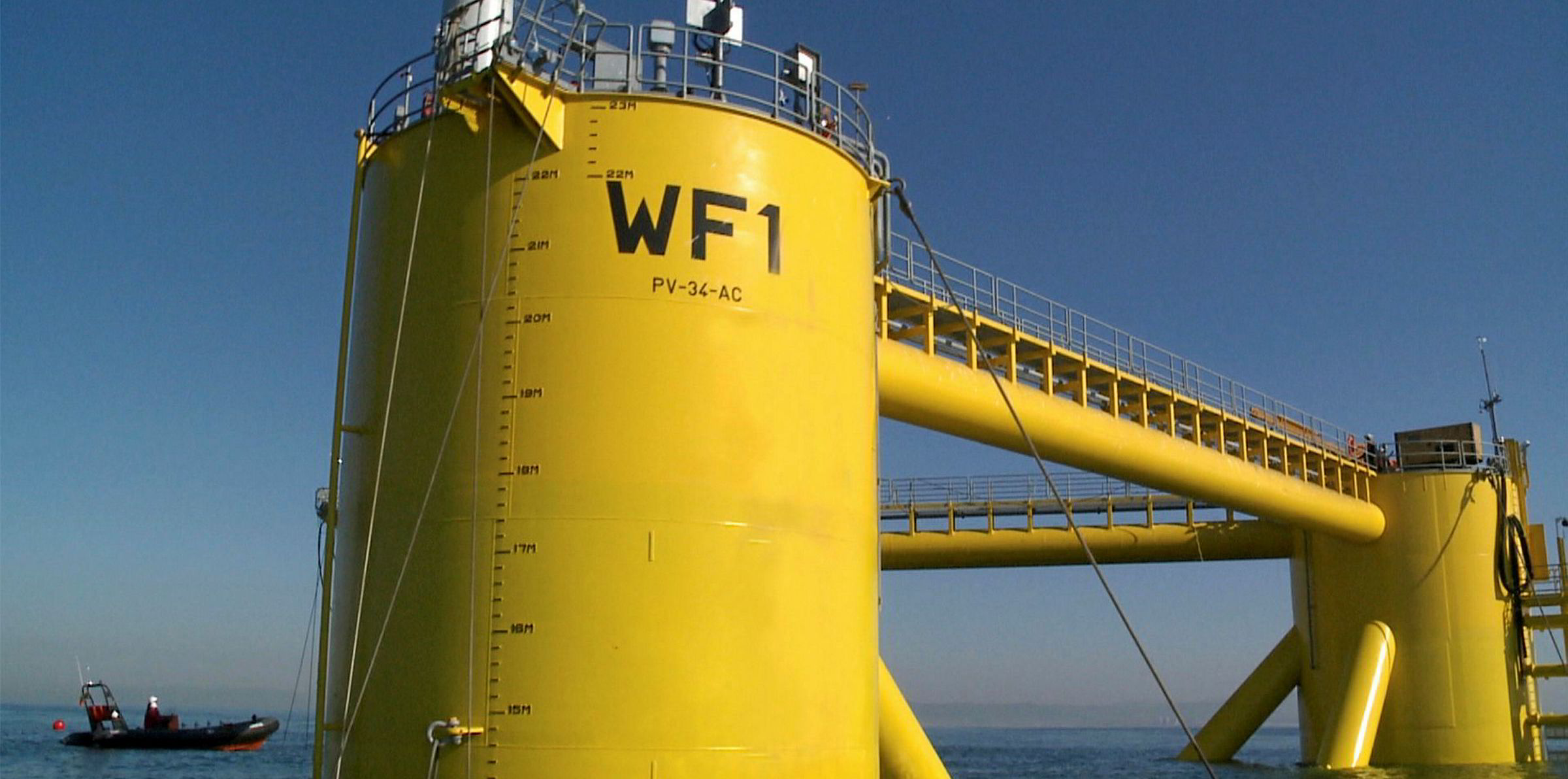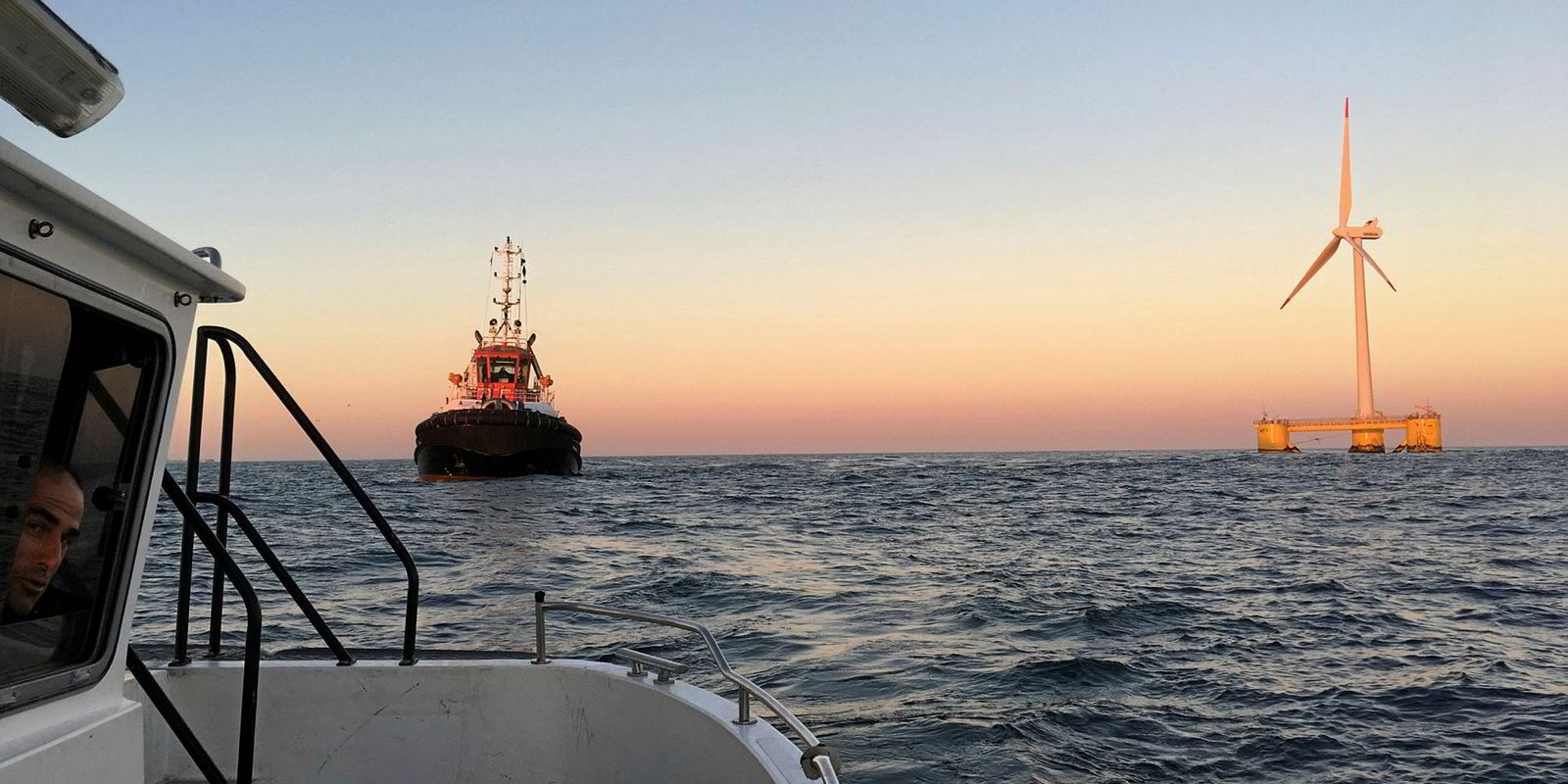Spanish joint venture (JV) Navantia-Windar has pulled in the order to fabricate the five floating foundations for the landmark 50MW Kincardine wind farm being built by developer Cobra off Scotland.
The semisubmersible steel platforms, said to be “similar” in design to one the JV is currently building for the 24MW WindFloat Atlantic project off Portugal, are slated to be ready for tow-out by April 2020.
The Kincardine units, each to be fitted with a 9.5MW MHI Vestas V164 turbine, will be anchored in 45-143 metres of water off Aberdeen, joining the project’s 2MW ‘scout’ unit, deployed in 2018.
Construction of the five new foundations – using a total of 15,0000 tonnes of steel – will start in May with plate-cutting at Windar's facility in Avilés, followed by fabrication and final assembly at Navantia’s Fene yard.
The Kincardine deal consolidates Navantia-Windar’s place in the emerging European floating wind supply chain, with the JV having also delivered five spar-type foundations for Equinor’s 30MW Hywind array in the Scottish North Sea.
Kincardine has had a rollercoaster ride to get to this point. First hatched by Scottish developer Pilot Offshore Resources in 2014, the project was later taken over by Cobra Wind International, a subsidiary of Spanish construction giant ACS Cobra, which for a time planned to develop a so-called 'advanced semisubmersible' foundation in-house for the multi-unit array.
The project made it under the wire to qualify for lucrative UK Renewables Obligation Credits by getting the first of the wind farm's units installed last autumn, the reconditioned WindFloat 1, which had been trialed off Portugal between 2011-2016.
The WindFloat concept is being cued up for a pipeline of projects around the world, including off the US West Coast, France and Korea.
Latest calculations from wind industry advocacy body WindEurope figure some 350MW of floating wind capacity will be switched on in Europe by 2021 via a raft of projects off the UK, France, Portugal and Norway.
From a single industrial-scale prototype in 2009, floating wind has progressed at a clip toward commercialisation. Many analyst forecasts, including those of UK low-carbon business development body Carbon Trust, point to a fleet as large as 15GW by 2030.


